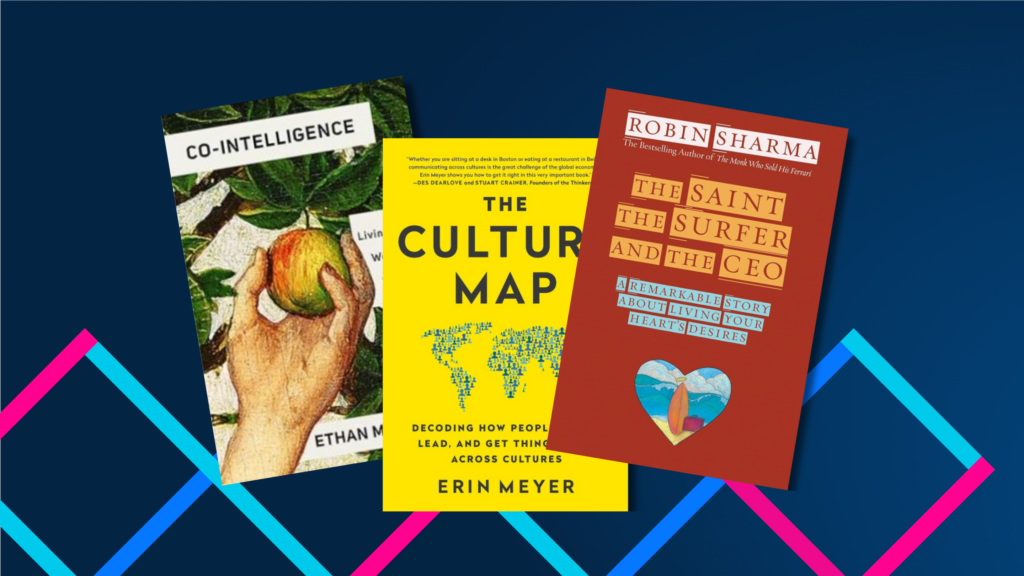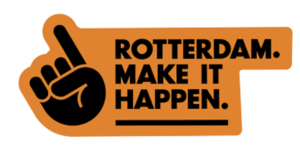Originally published by Outlook Business Magazine.
Online research will continue to expand in India, but we must do more to make diverse audience profiles accessible.
The chaotic period of the pandemic in 2020 and 2021 challenged the Indian market research industry to move beyond the conventional data collection methods of face-to-face interviews. The sector successfully migrated towards online data collection methods via consumer panels during this time. The key question, though, was whether this phenomenon would last over time or if the industry would make a U-turn towards offline research later. In early 2022, the offline fieldwork opened almost at a full-fledged scale and for a moment, it appeared that the advancements made by online research might only be temporary.
However, the next few months presented an encouraging outlook as online research continued with its growth story. While some research, expectedly, did move to the offline medium again, it was clear that online research is here to stay with the solid backing of agencies and client endorsement. The verdict was loud and clear that we have delivered on the promise of agility and value without compromising on established data quality and analysis standards, provided the research is planned with some considerations. As of today, it looks like both offline and online mediums are finding their own space in this market and will continue to exist in parallel.
Research, including concept, pack, claim and communication testing, mini usage and attitude surveys, brand health and other custom work, is increasingly being done online. New technology innovations in this area further support professionals to get more insights from online data collection. They can easily see which part of the concept (image) is more liked, the “text” in the claim that consumers are feeling confused about, or access to the real-time insights via interactive dashboards with options to slice the data on all required top-breaks. The possibilities are unlimited. Concept-testing research that used to take two to three weeks earlier is now getting done in a single day to up to a maximum of a few days. Isn’t that just brilliant?
The road from hereon will bring new challenges to us. The scope of online research is still primarily limited to consumers belonging to higher socio-economic-profile (SEC A/B, NCCS A), and there is a struggle when it comes to hard-to-reach audiences, including the upper age band (more than 50 years), niche consumer profiles and small-town and rural audiences. The further expansion and growth rate of online research will largely depend on how we address the sample requirements amongst diverse audiences.
We need to now look beyond conventional panel recruitment methods and reach out to potential partners with verified consumer databases that can be utilised for market research/surveys. The pre-condition is that the partners have the necessary permissions from their respective customer sets and the required technology integration is possible. This arrangement can introduce a win-win situation for all stakeholders as online research providers can get quick access to the valuable panellists for surveys. It also opens the doors for a new revenue stream for potential partners who are currently the custodians of this database and for end-consumers to participate and gets attractive incentives.
We also have an opportunity to smartly integrate “offline recruitments” to strengthen our existing panel base. The notion that “an online panel can only be expanded via online campaigns” may not work entirely for a diversified country like India when recruiting hard to-reach audiences. The existing offline field infrastructure can be handy in such cases where we can recruit them offline with some initial guidance, and they become part of the panel with eligibility to participate in self-administered surveys.
Beyond the panel acquisition, we also need to keep looking at newer methods to reach out to the existing panel members for available surveys. The potential respondent may be using a variety of communication mediums, and we can additionally look at SMS, social networking mobile apps and IVR technologies for better targeting and a higher response rate. Otherwise, we may not get the potential ROI on our panel building investments.
The market research sector is still in the makeover phase and will likely change even more soon. New technology setups are redefining how we engage with customers for data collection, whether closed-ended or open-ended surveys, digital ethnographies, digital diaries or AI-led quantitative research. We need to continue working towards simplifying consumer participation in the exercise to ensure brands get high-quality real-time data at a faster pace, enabling better decision-making.




